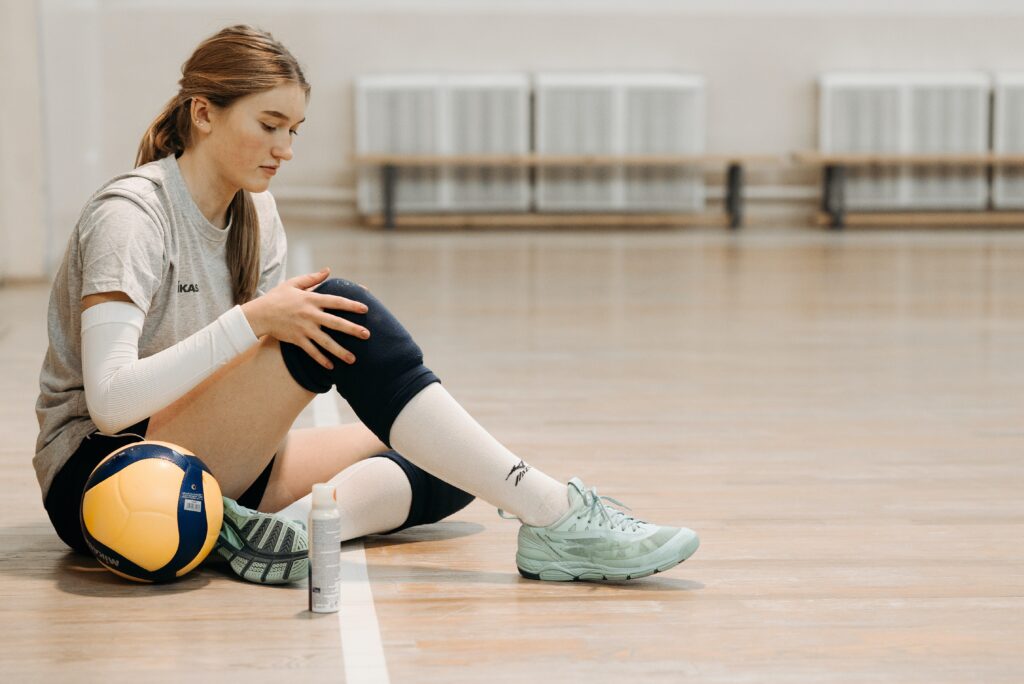Recovery and Prevention: How Physical Therapy Helps With Patellar Dislocation
Introduction
If you’re suffering from patellar dislocation, physical therapy can help you recover and prevent reinjury. Patellar dislocation is a condition that causes the kneecap (patella) to move out of its natural position in the femoral groove. This can cause excruciating pain and limit mobility. Physical therapy can help reduce symptoms and improve range of motion, strength, balance, and coordination.
Physical therapists customize treatments to meet individual needs, using manual techniques like stretching, joint mobilization, therapeutic exercise programs, soft tissue massage, and other methods such as ultrasound, electrical stimulation, and splinting or bracing.
What to Expect at Physical Therapy
When you first visit a physical therapist for patellar dislocation, they’ll generally start with a detailed assessment. This includes taking a comprehensive history of your injury, assessing your range of motion and muscle strength, and evaluating the area around the knee for any signs of inflammation or swelling. Based on this information, the physical therapist can then create an individualized treatment plan that is tailored to meet your specific needs.
Once treatment begins, you can expect a combination of manual therapies such as joint mobilization and soft tissue techniques to reduce pain and improve mobility. Your physical therapist may also use various modalities such as ultrasound or electrical stimulation to reduce inflammation and improve circulation. Depending on the severity of your injury, they may also use braces or splints to support the knee joint.
What Types of Exercises You Might Do
Physical therapists typically prescribe exercises designed to restore range of motion, build strength in the muscles surrounding the knee, and improve balance and coordination. This may include:
- Quadriceps strengthening exercises like squats and lunges: improve knee stability and increase power for activities such as running and jumping.
- Balance exercises such as single-leg stands or mini trampoline jumps: enhance proprioception, which is essential for basic movement and athletic performance.
- Hamstring stretching with a foam roller: reduces muscle tension and soreness, which can lead to improved athletic performance and injury prevention.
- Closed chain activities like step-ups or mountain climbers: improve stability, power, and coordination of the legs and core muscles.
- Isometric strengthening using TheraBands or ankle weights: increases muscle strength and endurance without adding bulk.
- Range of motion exercises such as leg raises, wall slides, and knee circles: enhance joint mobility and flexibility, preventing stiffness and injury.
These exercises can help to restore normal movement patterns in the knee joint and prevent reinjury.
How Long Recovery Takes
Recovery from patellar dislocation depends on the severity of the injury. In most cases, people recover fully with physical therapy within 4-8 weeks. However, if there is any damage to the ligaments or cartilage in the knee joint, recovery may take longer. It’s important to follow your physical therapist’s instructions carefully and complete all prescribed exercises for a full recovery.
How Physical Therapy Prevents Re-injury
Physical therapists are highly trained professionals who specialize in the diagnosis and treatment of musculoskeletal injuries. They use a combination of techniques including stretching, strengthening, and balance exercises to help improve stability in the knee joint as well as reduce pain and inflammation.
These exercises are designed to restore normal movement patterns around the knee joint, improve muscular strength, and increase range of motion. This can help to prevent re-injury by improving your body’s ability to cope with physical activity without causing further damage.
Conclusion
Patellar dislocation can be an extremely painful injury that requires professional medical attention. Physical therapy is an effective tool for restoring movement in the knee joint and preventing reinjury. By following your physical therapist’s instructions carefully and completing all prescribed exercises, you can expect to make a full recovery in 4-8 weeks.

